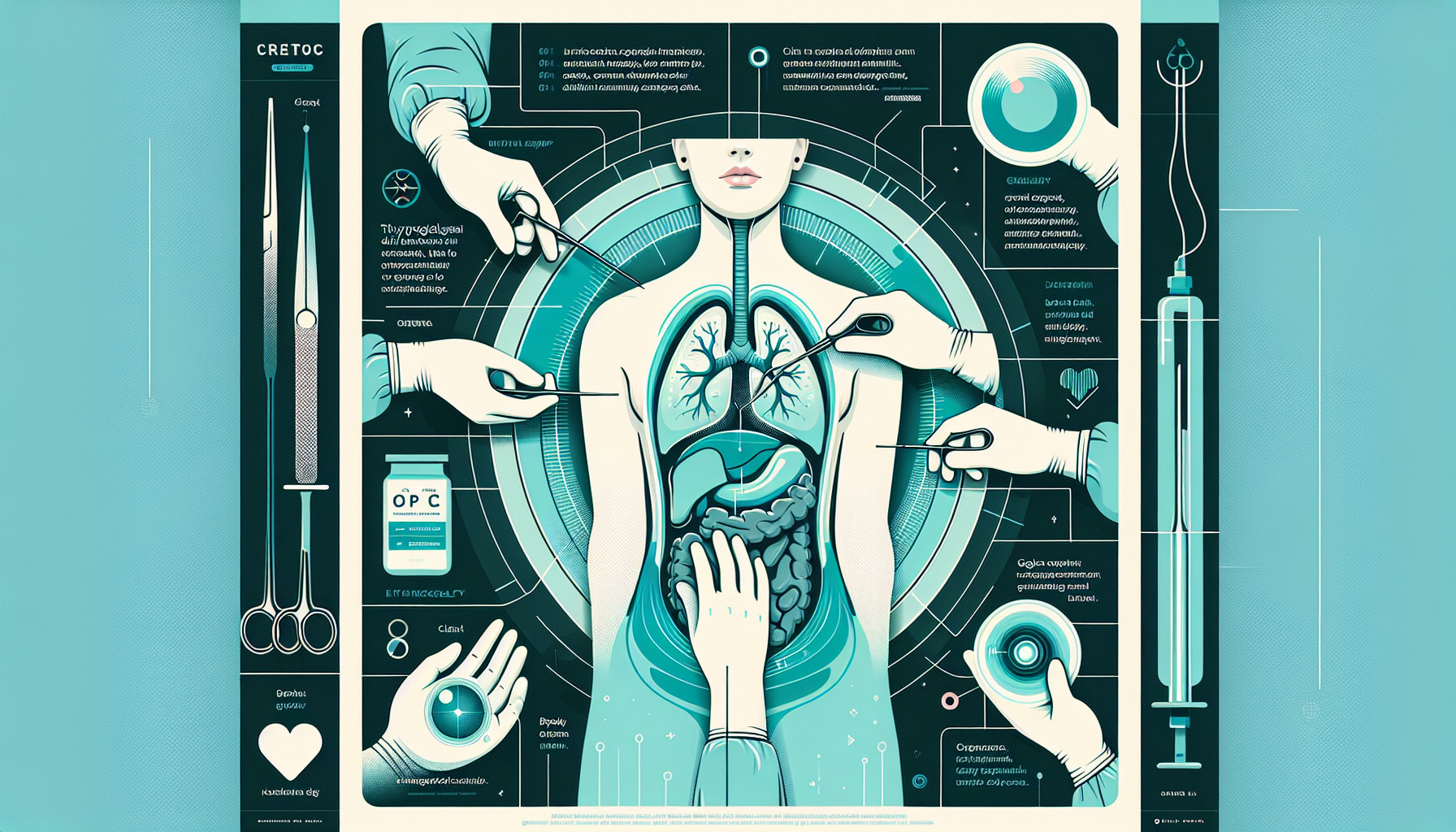Our Summary
This research paper is about a rare medical condition called congenital midline cervical cleft. This condition often gets confused with another condition known as thyroglossal duct cyst. The paper discusses a unique case where a boy had both these conditions at the same time. The researchers describe the physical, clinical, imaging, and pathological features of the congenital midline cervical cleft, and also explain the surgical technique used to remove and repair it. The researchers emphasize that it’s important to correctly diagnose this condition and treat it surgically as early as possible. They also highlight that differentiating this condition from others can be a clinical challenge.
FAQs
- What is the significance of differentiating congenital midline cervical cleft from thyroglossal duct cyst?
- What are the physical, clinical, imaging, and pathological features of the congenital midline cervical cleft?
- What surgical technique is used to remove and repair a congenital midline cervical cleft?
Doctor’s Tip
One helpful tip a doctor might tell a patient about thyroglossal duct cyst removal is to follow post-operative care instructions carefully to prevent infection and promote proper healing. This may include keeping the surgical site clean and dry, avoiding strenuous activities that could put strain on the area, and taking prescribed medications as directed. It is also important to attend follow-up appointments with the doctor to monitor healing progress and address any concerns or complications that may arise.
Suitable For
Patients who are typically recommended thyroglossal duct cyst removal are those who have a thyroglossal duct cyst that is causing symptoms such as difficulty swallowing or breathing, a visible lump in the neck, recurrent infections, or if the cyst is growing in size. Additionally, patients who have a thyroglossal duct cyst that is recurrent or infected may also be recommended for removal. In some cases, if a biopsy shows that the cyst is suspicious for cancer, surgery may be recommended to remove it. Overall, the decision to remove a thyroglossal duct cyst is typically made on a case-by-case basis by a healthcare provider.
Timeline
Before Thyroglossal Duct Cyst Removal:
- Patient may present with a painless, palpable mass in the neck or throat area
- Patient may experience difficulty swallowing or breathing, especially if the cyst is large
- Patient may have recurrent infections in the area of the cyst
- Patient may undergo imaging tests such as ultrasound or CT scan to confirm the diagnosis of a thyroglossal duct cyst
After Thyroglossal Duct Cyst Removal:
- Patient undergoes surgery to remove the cyst, typically performed under general anesthesia
- Recovery time is usually quick, with most patients able to go home the same day or within a few days post-surgery
- Patient may experience some pain, swelling, and discomfort in the surgical site, which can be managed with pain medication
- Patient will have a follow-up appointment with their healthcare provider to ensure proper healing and to monitor for any complications
- Patient may have a scar at the surgical site, which typically fades over time
Overall, the removal of a thyroglossal duct cyst is a relatively straightforward procedure with a good prognosis. Patients can expect to experience relief from any symptoms associated with the cyst and can resume normal activities relatively quickly after surgery.
What to Ask Your Doctor
- What is a thyroglossal duct cyst and how is it different from a congenital midline cervical cleft?
- What are the symptoms and complications associated with a thyroglossal duct cyst?
- How common is it for a patient to have both a thyroglossal duct cyst and a congenital midline cervical cleft at the same time?
- What diagnostic tests are typically used to confirm the presence of a thyroglossal duct cyst?
- What are the potential risks and benefits of surgically removing a thyroglossal duct cyst?
- What is the typical recovery process following thyroglossal duct cyst removal surgery?
- Are there any long-term implications or follow-up care required after surgery?
- Are there any alternative treatment options to consider for a thyroglossal duct cyst?
- What qualifications and experience do you have in performing surgeries for thyroglossal duct cysts?
- Are there any specific instructions or precautions I should follow before and after the surgery for thyroglossal duct cyst removal?
Reference
Authors: Kruschewsky LS, Matos LL, Alonso N, Seidler CDS, Lisboa SRO, Silva RCLS, Goldenberg DC, Silva TVN. Journal: J Craniofac Surg. 2023 Sep 1;34(6):e546-e549. doi: 10.1097/SCS.0000000000009559. Epub 2023 Jul 27. PMID: 37497785
